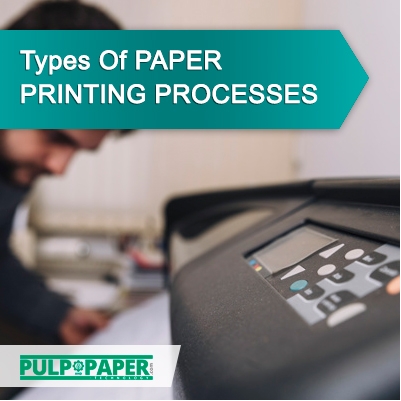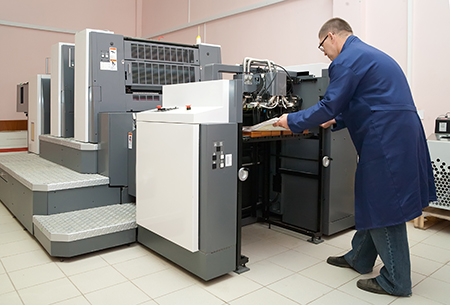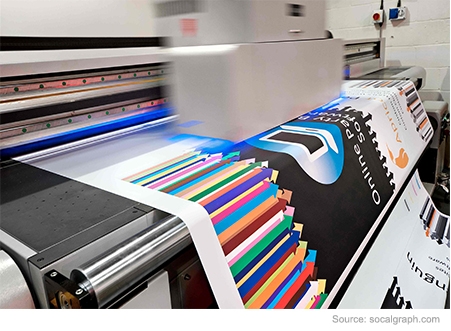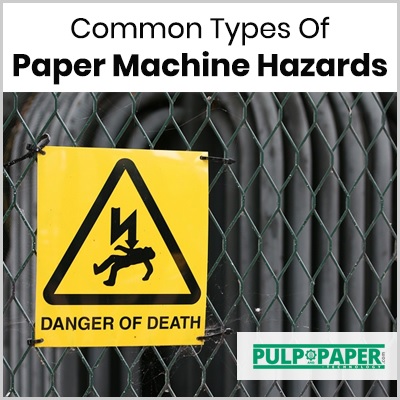Types Of Paper Printing Processes

Printing is nothing but a process for reproducing images and text. Many different types of printing methods are available and are continuing to advance. Businesses can choose a printing technique that best highlights their products or service as each type is suited to a different need. One must be aware of the oldest printing technique known as the woodcut, which involves carving an image onto a wooden surface. Ever since then, printing has evolved a lot. You can now choose from a wide range of technologically advanced methods instead of the manual wood carving.
Some of the most well-known and commonly used types of paper printing processes are mentioned below.
• Offset Lithography

Known by the name, offset printing or litho, this type of printing technique is a very popular method of mass-production printing. The dominant industrial printing technique used for printing a wide range of products such as stationery, magazines, cards, leaflets, brochures and books. It can also be used for packaging such as cartons or boxes. Used often for rough and flat surfaced media such as wood, cloth and canvas.
How it works?
Printing plates which are usually made from aluminum are involved. Each of them holds an image of the content that needs to be printed. Only the image part holds ink, when the plate is inked. The inked image is then transferred to a rubber blanket from the plate and then to the printing surface.
• Flexography

Because of its suitability for long runs and ability to print on a huge range of media including cellophane, plastic and metallic film, this printing flexography is a popular choice for its high press speeds. It is the modern version of letter press printing and is commonly used for printing on uneven surfaces. Can be used for high volume jobs and this style of printing technique uses quick-drying, semi-liquid links.
How it works?
In this type of printing process, flexible photopolymer printing plates wrapped around rotating cylinders on a web press are used. A slightly raised image of the content is inked on the plates and are rotated at high speeds to transfer the image on the print media.
• Digital Printing

A modern technique that covers a range of different techniques including the inkjet printing and laser. There's a quick turnaround in digital printing and allows businesses to print on demand. A great option for small run jobs as the requests can be made for as little as one print. It can make for a cost-effective method if you choose digital printing for the right job, as it still produces high quality prints similar to that of the other.
Using digital files such as PDFs, the images are sent directly to the printer. Unlike other types of printing such as lithography, a printing plate can be eliminated which can save money and time, unless you are printing in large numbers. Digital printing is often used for labels, menus and letters, posters and signage, newsletters.
• Large Format

Maximum print roll width is produced with the help of large format printing. This printing method is perfect for businesses and traditional advertising mediums, who are looking to make a huge impact on their customers. As opposed to the other methods such as digital printing, this printing method gifts you with a much bigger area to work on. Instead of printing onto individual sheets, large format printing uses rolls of prints that are fed incrementally to produce one large sheet.
Large format printing is the best option for large print media such as banners, laminating, billboards, building wraps, wallpapers, floor graphics and murals.
Apart from the above printing techniques, additional printing techniques were developed for very specific applications.
Flock printing - A colored velvet-like texture is added to paper, textiles, etc.
Pad printing - Printing is done on 3-dimensional surfaces.
Thermography - Produces raised lettering on the printed side of the paper. Mostly used for letterheads, business cards and wedding invitations.
Intaglio - Mainly used now-a-days for stamps and paper currency.
Letterpress – Used now for wedding invitations and business cards.









